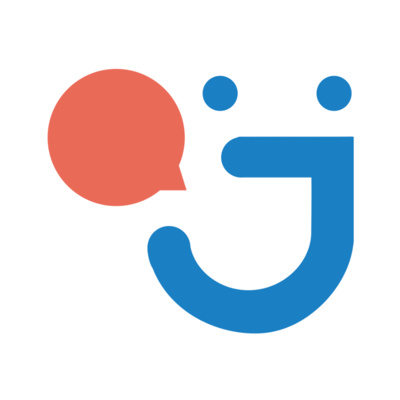Boosting TEFL Careers Through CPD
As education evolves rapidly, the significance of continuing professional development (CPD) cannot be overemphasized. This is particularly pertinent for English Language Teachers (ELTs), who need to constantly adapt and advance their skillset. Strong instructional methods and ongoing ESL training are essential to maintain high standards of teaching. We had the chance to discuss CPD with five language school executives from five separate language schools who shared their perspectives regarding hiring processes, instructional practices, future plans, and CPD practices in general.

What Is Continuing Professional Development (CPD), and Why is It Necessary For ELTs?
CPD stands for Continued Professional Development and involves tracking the skills, knowledge and experiences you acquire both formally and informally while working, beyond initial training. CPD for ELT teachers often includes earning or maintaining academic credentials, taking specialized courses, or attending conferences. CPD plays two vital roles for ELT teachers: it allows them to stand out among their peers while increasing chances of career advancement, and it supports effective adaptation to changes, such as those triggered by the COVID-19 pandemic. CPD also reinforces the development of robust instructional methods and improves the quality of ESL training delivered to learners.
What professional development opportunities exist for ESL teachers?
Professional development opportunities for ESL teachers can vary and be tailored specifically to their needs and interests. Options might include earning a TEFL/TESOL certification, taking specific courses or earning micro-credentials, networking with fellow ESL instructors, attending or presenting workshops, applying for fellowships/grants related to teaching English as a second language (TESL), or even pursuing a master's degree in TESOL. Many of these experiences also serve to enhance teachers’ ESL training competencies and refine their instructional methods.
ELT Hiring Process
Hiring processes and requirements at language schools vary considerably. Some require teachers with a passion for teaching and an eagerness to learn; other requirements include formal credentials such as TEFL/TESOL certification as an essential qualification. One executive noted gender preferences when hiring, believing women are more nurturing and patient with students. In addition to qualifications, candidates with strong foundations in ESL training and diverse instructional methods tend to be more competitive in the hiring process.
How can language schools encourage teachers to pursue professional development?
Language schools play an integral role in encouraging teachers to pursue professional development. They accomplish this by designing learning experiences around adult needs, integrating current instructional methods, giving teachers input into their CPD plans, and balancing new and reflective learning. Some schools even provide CPD incentives such as raises, appraisal scores, or promotional opportunities tied directly to CPD efforts. One executive noted a correlation between teachers who truly enjoy teaching and their dedication to CPD; those who invest more heavily in professional growth tend to take initiative in their own ESL training as well.
Effective CPD Design
CPD design should take into account the needs and preferences of adult learners. This often means providing flexible learning options, enabling self-directed learning, providing reflection opportunities, and encouraging immediate application. Incorporating relevant instructional methods and allowing teachers a say in their CPD not only empowers them but also ensures it remains meaningful and applicable.
Do language schools invest in CPD for their teachers?
Yes, many language schools invest in continuing professional development for their teachers. Investment levels differ between schools; some offer topic-based CPD modules or free online courses for their instructors. The ultimate goal is staff retention, morale enhancement, and creating an ecosystem of people working toward common goals. Effective CPD often includes updated ESL training programs and exploration of innovative instructional methods. However, external factors like socio-political conditions or economic impacts such as COVID-19 can significantly affect investment levels.
The Future of ESL Schools
As for the future, the executives we spoke with expressed plans for growing and expanding their companies by investing more in technology, marketing, and CPD. Furthermore, they stressed the need for standardization within the ESL industry, noting how a more uniform approach toward teacher qualifications, ESL training, and CPD could benefit both schools and teachers alike.
In conclusion, encouraging teachers to pursue CPD can bring multiple benefits not just for themselves but also for the language schools and students they serve. By investing both time and resources in CPD, ESL training, and enhanced instructional methods for teachers in ELTs, schools can foster a more effective and motivated teaching staff, ultimately improving the quality of education provided. As our world grows increasingly complex, CPD will likely play an even more vital role in the future of ELTs.
-
"Unlocking English Mastery: The Art of Teaching and Using Adjectives"
"Master adjectives to enhance English fluency! Learn adjective order, -ed vs. -ing distinctions, com... -
Boosting ESL Earnings as a Freelance Tutor
Discover effective strategies to increase your income as an ESL teacher. Enhance qualifications and... -
Smart Goals for Teachers: Your 2026 Plan
Discover effective smart goals for teachers in 2026 to boost professional growth, student engagement...







